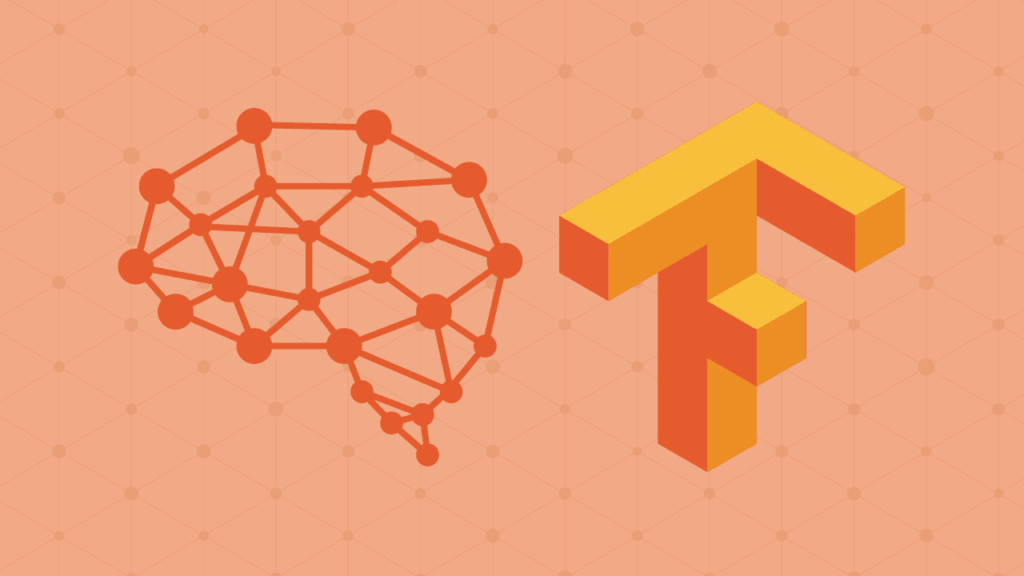Accelerating Deep Learning with GPUs: Unleashing the Power of Parallel Processing
Introduction:
Deep Learning has transformed the landscape of artificial intelligence, enabling remarkable advancements in image recognition, natural language processing, and more. However, the training of deep neural networks can be computationally intensive, requiring substantial time and resources. This is where Graphics Processing Units (GPUs) shine. In this article, we delve into the art of accelerating deep learning with GPUs and how it revolutionizes the speed and efficiency of training complex models.
Section 1: The Need for Acceleration:
Deep Learning involves training complex neural networks on massive datasets, which demands immense computational power. CPUs, while versatile, may not provide the speed required for timely training. GPUs, designed for parallel processing, excel at handling the matrix calculations inherent in deep learning tasks.
Section 2: The GPU Advantage:
- Parallelism: GPUs are designed with thousands of cores, allowing them to execute multiple calculations simultaneously, a perfect match for the parallel nature of deep learning tasks.
- Matrix Operations: Deep learning relies heavily on matrix operations, which GPUs are optimized for, further enhancing their performance.
Section 3: GPU-Accelerated Libraries and Frameworks:
- CuDNN and CuBLAS: NVIDIA’s CUDA Deep Neural Network and Basic Linear Algebra Subprograms libraries provide optimized routines for deep learning on GPUs.
- TensorFlow-GPU and PyTorch: Popular deep learning frameworks like TensorFlow and PyTorch have GPU-accelerated versions that leverage the power of GPUs for faster training.
Section 4: Parallelism in Deep Learning:
- Data Parallelism: Distributing data across GPUs for simultaneous processing.
- Model Parallelism: Dividing a large model into segments, each processed by a separate GPU.
Section 5: GPU Clusters and Cloud Computing:
- Multi-GPU Systems: Combining multiple GPUs in a single machine for increased processing power.
- Cloud Platforms: Services like AWS, Azure, and Google Cloud offer GPU instances for on-demand deep learning acceleration.
Section 6: Benefits and Impact:
- Faster Training: GPU acceleration reduces training times from days to hours or minutes, enabling rapid experimentation.
- Real-Time Inference: GPUs facilitate real-time decision-making in applications like self-driving cars and robotics.
- Advanced Research: Accelerated deep learning empowers researchers to tackle more complex problems and iterate quickly.
Section 7: Challenges and Considerations:
- Cost and Accessibility: GPUs can be expensive, and their availability might be limited.
- Compatibility: Not all deep learning tasks benefit equally from GPU acceleration.
Section 8: Future Directions:
- Custom Hardware: Specialized hardware like TPUs (Tensor Processing Units) and other accelerators might shape the future of deep learning acceleration.
- Hybrid Architectures: Combining GPUs with other technologies for even more efficient training.
IBM’s Cognitive Class did offer a free course titled “Accelerating Deep Learning with GPUs.” However, please note that availability and course offerings may have changed since then. Here’s how you could have pursued a free certification in Accelerating Deep Learning with GPUs from IBM via Cognitive Class:
- Visit IBM Cognitive Class: Go to the IBM Cognitive Class website (https://cognitiveclass.ai) and create an account if you don’t have one.
- Explore Available Courses: Look for the course titled “Accelerating Deep Learning with GPUs.” This course focuses on optimizing deep learning workflows and accelerating training using graphics processing units (GPUs).
- Enroll in the Course: Enroll in the course by following the provided instructions. This course might be self-paced, allowing you to learn at your own speed.
- Complete the Course Content: Work through the course materials, which could include video lectures, reading materials, quizzes, and practical exercises. Gain a strong understanding of how GPUs can accelerate deep learning tasks.
- Hands-On Practice: Many courses from Cognitive Class include hands-on labs or projects. Practice using GPUs to accelerate deep learning training and gain practical experience.
- Assessment and Quizzes: Complete any assessments, quizzes, or assignments that are part of the course. These might contribute to your overall performance and certification eligibility.
- Final Exam or Project: Some courses might require you to complete a final exam or a significant project that demonstrates your understanding of accelerating deep learning with GPUs.
- Certification: If you successfully complete all the requirements of the course, you may be eligible to receive a certification. This certification can be shared on your resume and LinkedIn profile to showcase your skills.

